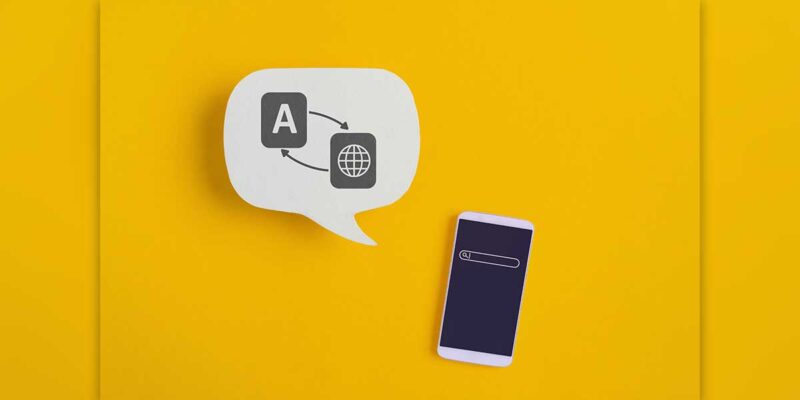AI Takes the Role of Maintenance and Support

In a recent recording of The EdTech Podcast, I was talking about my last blog on the importance of AI in AV and what the future may hold. The host of the podcast, Erin Maher-Moran, added “and think about what this will do for troubleshooting and maintenance.” It was not surprising that Erin had thought about this as she is a creative and thoughtful higher-ed AV leader.
The more I considered her comments, the more excited I became about what the future could hold for AI in higher ed.
A big portion of the job of the higher ed technology manager is preventative maintenance. Portions of summer and holiday breaks are spent going around to various spaces and testing the equipment to be sure it is all working as expected. Many of us have done some programming that does preventative maintenance on its own. For example, we would turn our projectors on, get a response that they are on, and then turn them back off. However, that does not tell us that the projector is actually working (maybe the colors are off, or the brightness has decreased). AI is going to solve this for us. The AI in the room will be able to use the cameras to focus on the screen and digitally analyze the difference in colors and brightness from the calibration that was completed when the room was initially installed. We simply have to tell the system the level of degradation we want to know about (i.e. let me know when it is degraded 80%). We can use similar methodologies to raise and lower the screens, test out audio systems, battery levels, network connectivity and countless other items. Finally, when the system is done, it can compile a list of any problems the room may have and email them to the helpdesk for your attention.
The most important thing that higher ed tech managers do is support the day-to-day teaching and learning activities that take place in our classrooms. Technology is a requirement of modern teaching, and classes are completely thrown off when the technology does not work. AI will be an incredible boon to keeping our classrooms running. This is actually where the technology is both amazing, confusing and has endless possibilities. AI has access to every user manual of every AV product that was ever created. It has the ability to scan your system and know every piece of equipment in it. It will be able to read both your room design documents and your programming. With this volume of data, the AI will actually know more about the room than the technology manager. From there, the AI will prevent calls to the help desk. When a faculty member uses their computer to show a video, but there is no sound, the AI will understand that the faculty member is showing a video, will understand that sound should be a part of it, and get to work to solve the problem, likely within seconds. So a problem that would have taken a call to the help desk and a person running to the room, will be resolved before anyone even knew it was a problem.
There are certainly problems that AI can not fix, a blown speaker or a burnt projector are good examples. A person has to touch those things to resolve the problem. For these situations, imagine what will happen when you put the capabilities of preventative maintenance together with the troubleshooting capabilities. Now, add in XR and the results are truly industry-changing. You will be able to walk into a room and put on some glasses. The AI will tell you exactly what is happening. Was a cable disconnected from somewhere? If so, the AI/XR will be able to highlight the end that is still plugged in, highlight the correct cable and highlight where it needs to be reconnected. Other issues with connectivity such as bad cables, loose connections, etc. will be easily discovered by the AI and highlighted by the XR for an easy and immediate fix. In the case of a dead projector, the AI will be able to determine that the projector has died. It will notify the helpdesk that it is no longer working. A tech will head over, glasses and a new projector in hand. They will replace the projector, making sure the connections are all right with the help of the XR. As soon as the projector is plugged into the AV system (likely via Ethernet), the AI updates the program for the new projector, adjusts the lens properly on the screen, etc. The best AV team in the world (the team I work with, of course) can currently complete an in-classroom projector replacement in about 30 minutes, considering the replacement projector is the same model as the original. While that is fast, the class has lost about half of its learning time. With AI and XR involved, this could be reduced to about 15 minutes, regardless of the model of the projector.
I understand that some of what I have written here may leave some people thinking that much of this is not artificial intelligence, this is just very sophisticated programming. I believe there is a fine line between AI and programming. The difference really comes down to whether the system is using a set of algorithms that you have programmed or is it making decisions on its own and taking action. What I have described here includes a mix of both, and together will achieve our ultimate goal, class time that is not interrupted by technical problems.





